-
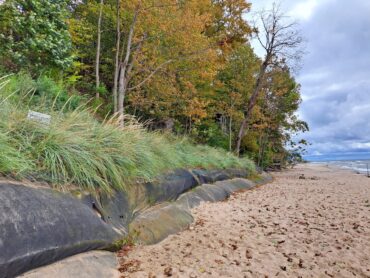 Feature HomepageInfrastructureLake MichiganLatest NewsMichiganNewsRecreation and TourismResearch, Data and TechnologyScience, Technology, ResearchTourismWater Quality and Restoration Efforts
Feature HomepageInfrastructureLake MichiganLatest NewsMichiganNewsRecreation and TourismResearch, Data and TechnologyScience, Technology, ResearchTourismWater Quality and Restoration EffortsYou can’t stop the lake
-Pollution plays a role in preventing shoreline erosion for lakeside properties.
59 -

Waves of Change: Meet Wisconsin Green Muslims founder and director Huda Alkaff
-We spoke with Huda Alkaff, an ecologist, environmental educator and the founder and director of Wisconsin Green Muslims.
-
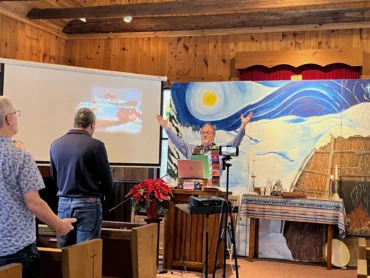 Climate ChangeFeature HomepageHistory and CultureIndigenous CommunitiesIndustry, Energy, Economic DevelopmentLatest NewsMichiganNewsScience, Technology, Research
Climate ChangeFeature HomepageHistory and CultureIndigenous CommunitiesIndustry, Energy, Economic DevelopmentLatest NewsMichiganNewsScience, Technology, Research‘It only makes sense’: Houses of worship adding solar arrays
-Organizations across the country are focused on getting more houses of worship to install solar panels, including in Michigan.
-
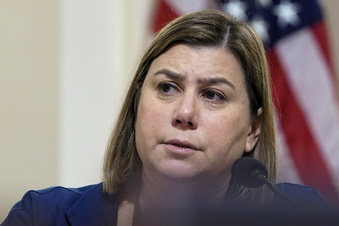
Defense Department to again target ‘forever chemicals’ contamination near Michigan military base
-The U.S. Department of Defense plans to install two more groundwater treatment systems at a former Michigan military base to control contamination from forever chemicals.
-
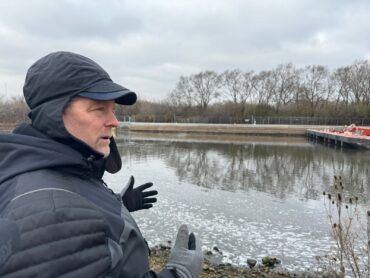
Army Corps plans $1 billion barricade to deter invasive carp at Illinois and Des Plaines Rivers
-Invasive carp could threaten the $7 billion recreation and commercial fishing industry around the Great Lakes.
-
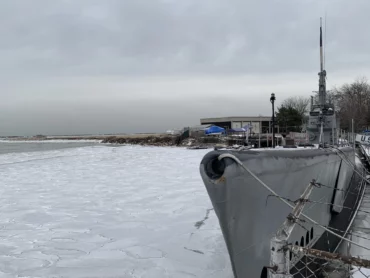 Climate ChangeLake ErieLatest NewsNewsRecreation and TourismRecreational Hunting and FishingScience, Technology, ResearchTourism
Climate ChangeLake ErieLatest NewsNewsRecreation and TourismRecreational Hunting and FishingScience, Technology, ResearchTourismLake Erie is 13% frozen, expect less freezing in the future
-The National Oceanic and Atmospheric Administration said ice on the Great Lakes decreased by 5% each decade for 50 years.
-
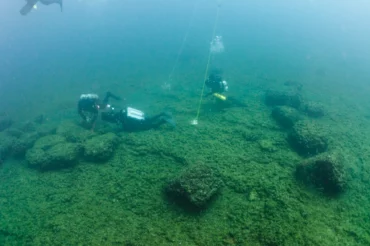 Fish, Birds and AnimalsHistory and CultureLake HuronLatest NewsMichiganNewsOntarioScience, Technology, Research
Fish, Birds and AnimalsHistory and CultureLake HuronLatest NewsMichiganNewsOntarioScience, Technology, ResearchPoints North: Can AI Caribou Lead Us To Our Prehistoric Past?
-A team of archaeologists looks for signs of prehistoric life 100 feet underwater in Lake Huron. But they need help narrowing their search. So, they turn to artificial intelligence.
-
 Charles Stewart Mott Foundation PartnershipCollaborationForests and PlantsLatest NewsNewsOntarioScience, Technology, Research
Charles Stewart Mott Foundation PartnershipCollaborationForests and PlantsLatest NewsNewsOntarioScience, Technology, ResearchRestoring Ontario’s lost grasslands is as important as planting trees
-Most of the grasslands that once dotted Ontario have been lost to development and agriculture. Bringing back these carbon-rich landscapes would be good for birds, bees, butterflies and people.



